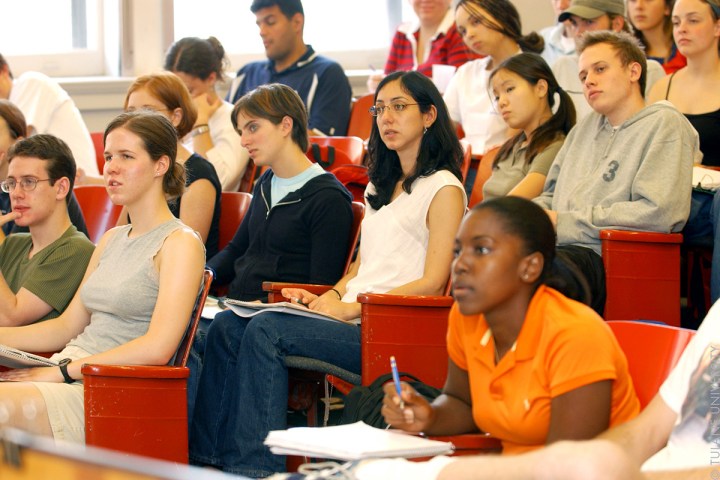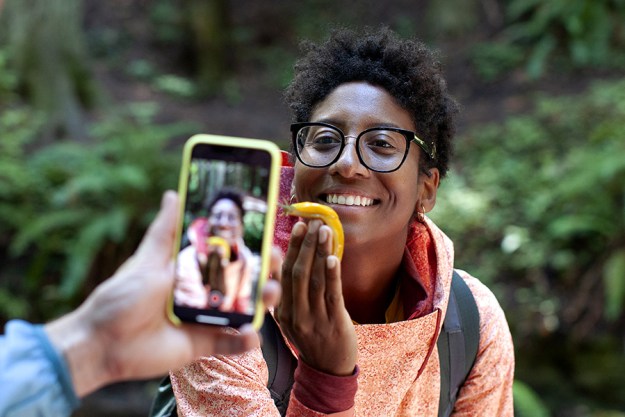
Stanford’s History Education Group tested for “civic online reasoning” — the ability to assess the credibility of information served up by smartphones, tablets, and computers. From January 2015 through June 2016 the group collected and studied responses from 7,804 students from 12 states. The schools ranged from “under-resourced” inner-city schools in Los Angeles to “well-resourced” suburban schools in Minneapolis. Testing in colleges ranged from large state universities with near-open enrollment, to Stanford University.
The results of the Stanford study showed that more than 80 percent of the tested students couldn’t tell the difference between real news articles and fake news. Articles published on social media were hard for students to judge and they often based their credibility assessments on irrelevant factors, such as larger images.
Middle school students didn’t get that articles written by company employees about their own industries might be biased.
Social media sites that spoofed official news sites were at times judged more credible than the real thing, even though the legitimate site had Facebook’s blue verification checkmark.
High school and college students alike were often swayed by high-quality design and graphics, and good writing, judging them credible regardless of the actual site content.
“Many people assume that because young people are fluent in social media they are equally perceptive about what they find there,” said Stanford’s professor Sam Wineburg, lead author of the study and the report. “Our work shows the opposite to be true.”
It’s not the case that everyone needs to study journalism or law, but the Stanford study shows clearly that while students may be facile with electronics, they need help learning how to evaluate the credibility of information.
Editors' Recommendations
- Twitter Circle launches globally, but lots of us can’t add anyone yet
- You’re probably seeing more social media propaganda, but don’t blame the bots


